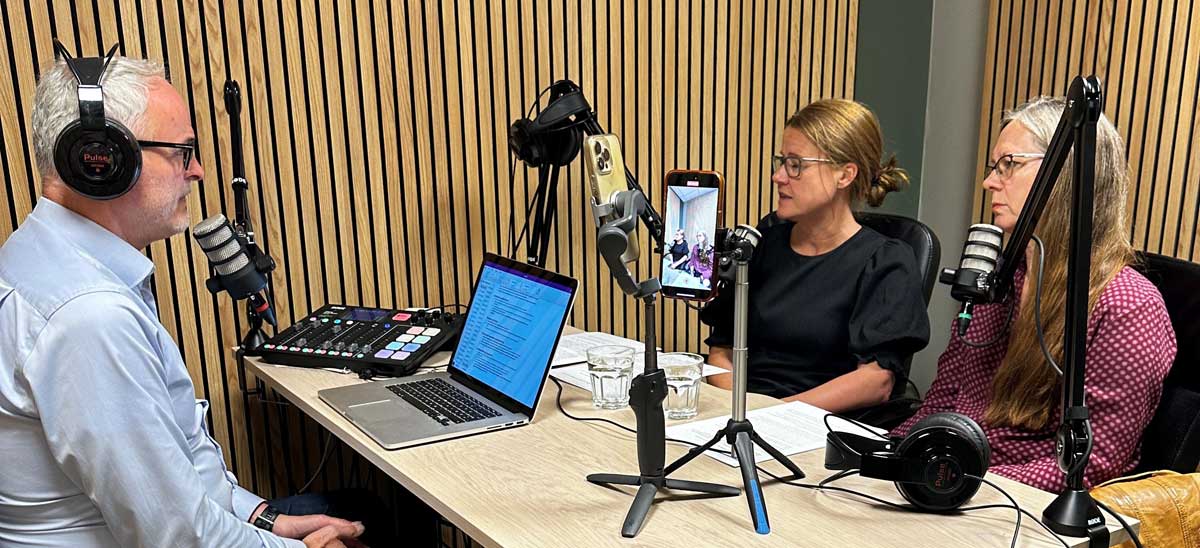From Animal Testing to New Methods
Traditionally, the testing of chemical substances has been conducted through animal studies. In recent years, numerous new testing methods that do not require the use of animals have been developed, but their implementation is progressing slowly.
The system we currently use to protect humans and the environment from the harmful effects of chemical substances is not sufficiently adapted to the use of these new methods.
So what will it take to achieve this?
"VKM aims to help find out, which is why we are organised an international workshop on the topic from June 18-20. This is part of our work in the CHANGE project, where the goal is to contribute to the development of a system that is also adapted to the new testing methods. The new system must provide equal or better protection of humans and the environment than the previous methods," says Gro Haarklou Mathisen, Senior Advisor at the Norwegian Scientific Committee for Food and Environment (VKM) and manager of the project.
Expensive and Time-Consuming
Is the use of animal models the best way to test whether a chemical substance is harmful to humans? Or might other types of models be just as good or better?
Many believe that models using human cells are more relevant because they eliminate the need to account for differences between animals and humans. There is also a high expectation that the new models will provide more knowledge faster and that testing will cost less. These new methods are called New Approach Methods, or NAMs, and include cell culture models, "organ-on-a-chip" and "human-on-a-chip" models, and data simulation methods.
Changing the System
Regulatory toxicology is the system that regulates chemical use to protect humans and the environment.
"Today's system is not sufficiently adapted to the use of the new testing methods. Through CHANGE, we will propose measures to make the system more adapted to the use of new methods so that good studies that are not conducted on animals but provide important data on the danger of a substance can be used by both risk assessors and risk managers," says Mathisen. "To achieve this, we have based our approach on the principle that "everyone must be included." This means involving various stakeholders with roles in the system, who work with different types of chemical substances from different parts of the world."
VKM is now involving stakeholders in a three-year process, which will result in measures. Among other activities, three workshops will be held over three years. The first CHANGE workshop has been held in Oslo from June 18-20, gathering around 60 people from the regulatory toxicology community, representing over 40 different institutions from four continents.
Listen to a podcast about this at Naturviterne.
CHANGE
CHANGE, "Collaboration to Harmonize the Assessment of Next Generation Evidence," is a project initiated by VKM. The Evidence-Based Toxicology Collaboration (EBTC) at Johns Hopkins University in the USA is a partner, and CHANGE is funded by the European Food Safety Authority (EFSA). CHANGE consists of stakeholders from various parts of the regulatory toxicology field, with participants from Asia, Australia, Europe, and the USA.
Contact
The Norwegian Scientific Committee for Food and Environment




